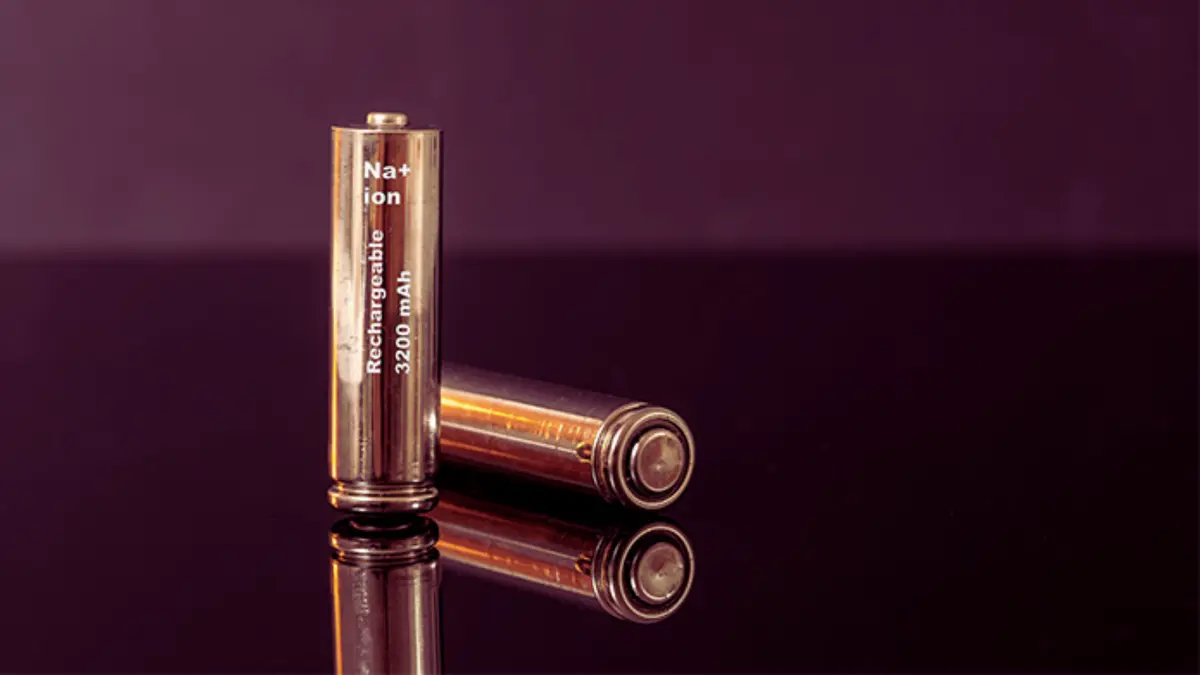Researchers at the Korea Advanced Institute of Science and Technology (KAIST) have developed a high-power hybrid sodium-ion battery that can be charged in seconds.
Sodium is considered nearly 1000 times more abundant than lithium. Therefore, sodium-ion electrochemical energy storage devices are more appealing than traditional lithium-ion electrochemical energy storage.
Led by Professor Jeung Ku Kang from the Department of Materials Science and Engineering, the research team integrated anode materials typically used in batteries with cathodes suitable for supercapacitors.
The combination helped the battery to achieve high storage capacities and rapid charge-discharge rates. The study indicates that the battery can be a viable next-generation alternative to lithium-ion batteries.
Hybrid sodium-ion energy storage device
Comprising the newly developed anode and cathode, the assembled full cell forms a high-performance hybrid sodium-ion energy storage device, which crosses the energy density of commercial lithium-ion batteries available in the market. According to researchers, the device exhibits the characteristics of supercapacitors’ power density.
“The development of a hybrid battery with high energy and high power density requires an improvement to the slow energy storage rate of battery-type anodes as well as the enhancement of the relatively low capacity of supercapacitor-type cathode materials,” said the team in a statement.
Sodium batteries can fulfill an increasing demand
The battery may fulfill an increasing demand for low-cost electrochemical energy storage devices with high energy density for prolonged operation on a single charge and fast-chargeable power density to meet a wide range of applications ranging from mobile electronic devices through electric vehicles (EVs) to large-scale grid systems.
Currently, available Sodium-ion energy storage systems are poor in rechargeability as they have a low power density while providing a relatively high energy density. Currently, two types of sodium storage systems are available, sodium-ion batteries (SIBs) and sodium-ion capacitors (SICs). Therefore researchers focused on sodium-ion hybrid energy storage (SIHES) cells.
SIHES can use the different potential windows of capacitor-type cathodes and battery-type anodes. It has attracted a lot of attention because this storage system, in principle, could simultaneously allow high energy density and fast-rechargeable power density.
According to researchers, the SIHES can achieve an energy density of 247 Wh/kg and a power density of 34,748 W/kg. Professor Kang said that the research represents a breakthrough in overcoming the current limitations of energy storage systems. He anticipates broader applications across various electronic devices, including electric vehicles.
It’s likely to be useful for rapid charging applications ranging from electric vehicles to smart electronic devices and aerospace technologies.
Co-authored by KAIST doctoral candidates Jong Hui Choi and Dong Won Kim, the study was published in the journal Energy Storage Materials.

